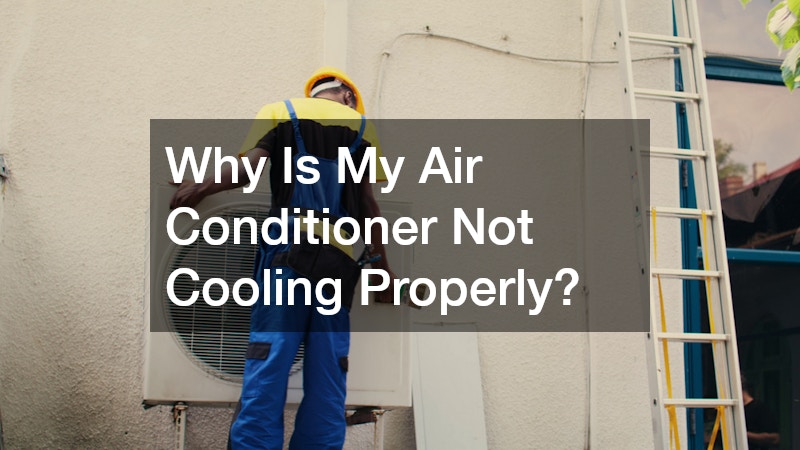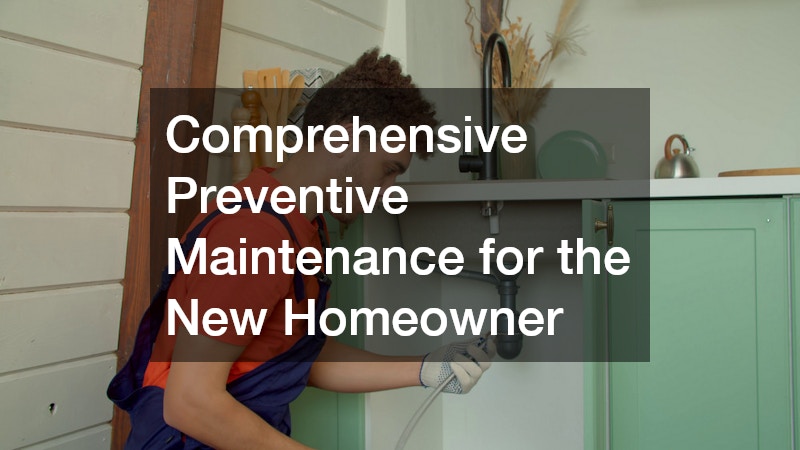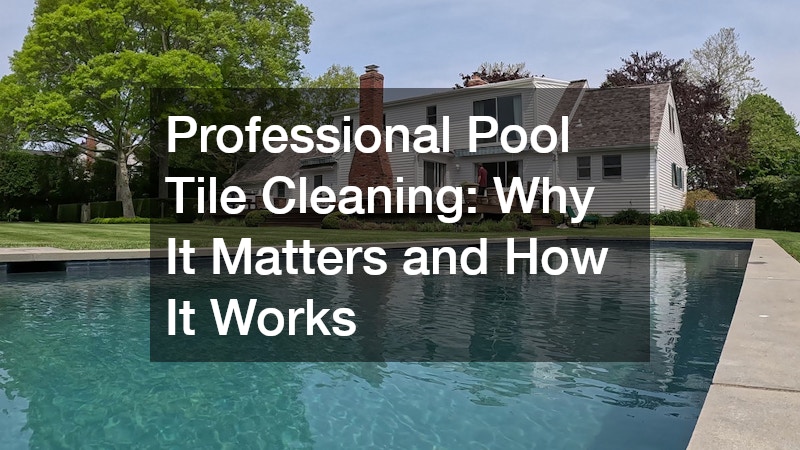If your air conditioner is not cooling properly, it can be both frustrating and uncomfortable, especially during warmer months when a reliable cooling system is essential. While a number of issues can cause your air conditioner to underperform, identifying the source of the problem is the first step toward restoring comfort in your home.
Air conditioners are complex systems made up of electrical, mechanical and refrigeration components. When one part fails or performs inefficiently, the whole system can be affected. Here’s a breakdown of the most common reasons your air conditioner might not be cooling as it should.
Dirty Air Filters
One of the most frequent and easily resolved problems with an air conditioner is a dirty or clogged air filter. Over time, dust, pet hair and other debris can build up and restrict airflow. When this happens, the unit has to work harder to push cool air through your home, which reduces efficiency and leads to poor cooling performance.
In most residential systems, air filters should be replaced or cleaned every one to three months, depending on usage and environmental conditions. Neglecting this simple task can put unnecessary strain on your unit and shorten its lifespan.
Low Refrigerant Levels
Refrigerant is the chemical substance your air conditioner uses to absorb and release heat. If the refrigerant level is too low, the system cannot cool your home effectively. Low refrigerant is often a sign of a leak, which will need to be located and repaired by a licensed technician.
It’s important not to top off refrigerant without fixing the underlying issue. Doing so can cause further damage and increase operating costs. Regular maintenance checks can help identify leaks early and keep your system running efficiently.
Faulty Thermostat
Sometimes the problem isn’t with the air conditioner itself but with the thermostat controlling it. If your thermostat is not calibrated correctly, it might misread the room temperature and fail to activate the cooling cycle. Additionally, dead batteries or wiring issues can prevent the thermostat from communicating with your unit altogether.
Try adjusting the thermostat setting or replacing the batteries. If the issue persists, a technician may need to recalibrate or replace the device to ensure accurate temperature readings.
Blocked or Leaking Ducts
Your ductwork is responsible for distributing cool air throughout your home. If there are leaks, holes or blockages in the ducts, cooled air may be escaping into the walls or ceiling instead of reaching the intended rooms. This not only reduces cooling efficiency but also drives up your energy bill.
Duct inspections can reveal whether there are leaks or structural issues that require sealing or replacement. In some cases, ducts may also be clogged with debris or pest-related obstructions that need clearing.
Dirty or Frozen Evaporator Coils
Evaporator coils inside your air conditioner absorb heat from the air inside your home. If these coils are dirty or frozen, they can’t do their job effectively. Ice buildup typically occurs when airflow is restricted or refrigerant levels are low. This can lead to a complete system shutdown if not addressed promptly.
Cleaning the coils and ensuring adequate airflow can usually solve the problem, though professional servicing is often required to deal with more severe cases.
Outdoor Unit Problems
The outdoor condenser unit plays a vital role in releasing the heat extracted from your home. If it’s covered in debris, surrounded by overgrown vegetation or mechanically failing, your system will struggle to cool efficiently. Sometimes, the fan motor or compressor may be the culprit.
Make sure the unit is free of leaves, branches and dirt, and that it has at least one metre of clearance on all sides. If cleaning the area doesn’t help, a qualified technician may need to inspect the unit for electrical or mechanical faults.
Electrical Issues
A blown fuse, tripped circuit breaker or damaged capacitor can stop your air conditioner from functioning properly. Since these are electrical components, they should be handled by a licensed technician for safety reasons.
Electrical faults may cause intermittent cooling, system shutdowns or complete power loss. Diagnosing and fixing these problems requires specialised equipment and knowledge of high-voltage systems.
Poor Insulation or Air Leaks
Even a perfectly functioning air conditioner will struggle to cool a poorly insulated home. If warm air is entering through gaps in windows, doors or roofing, the unit will have to run constantly to maintain a comfortable temperature. This not only reduces cooling performance but also drives up your energy costs.
Improving insulation and sealing drafts can significantly boost the effectiveness of your cooling system. Consider weather-stripping doors, sealing window gaps and adding roof insulation for better results.
When your air conditioner is not cooling properly, the root cause could be anything from a simple clogged filter to a more serious mechanical or electrical issue. Taking a systematic approach to troubleshooting—starting with the basics like filters and thermostats—can often lead to a quick resolution.
For more complex problems such as refrigerant leaks, duct issues or compressor failures, it’s best to consult a professional technician who can diagnose and fix the problem efficiently. Routine maintenance, including seasonal servicing and filter replacements, can prevent many of these issues from occurring in the first place.
Keeping your air conditioner in good condition ensures that your home stays cool, comfortable and energy efficient throughout the year.




